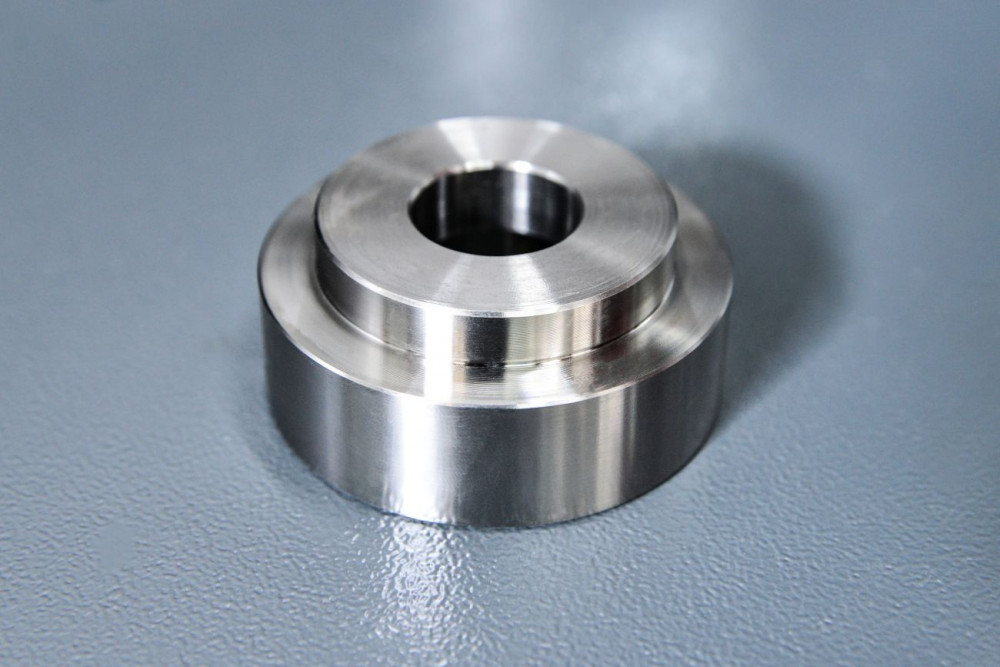

However, it does involve significant uncertainty, especially at temperatures above 2200 K, where observation of liquid formation is extremely hard, in particular when using the early pyrometers that had limited time resolution.Īgte and Altherthum 4 reported a maximum melting temperature ( T m) for Ta 0.8Hf 0.2C of 4213 K, and this was later confirmed by Andriievski et al. Such an approach has been shown to be effective in many cases. This experimental method consists in observing the disappearance, in a sample heated by Joule effect, of a blackbody hole when it is filled by a newly formed liquid. In all these cases, high temperature melting of these carbides was studied with the help of the so-called Pirani-Alterthum approach 4. Several experimental investigations of the high temperature behaviour of pure and mixed tantalum and hafnium carbides were carried out mostly between 19, including the early work by Agte and Althertum 4 and the comprehensive experimental campaign provided by Rudy 5. The measurement of thermophysical properties at such high temperatures is difficult due to increased reactivity of the materials, heat losses, volatility, and loss of mechanical strength, particularly in the carbides of interest in this work.

They are known to form a continuous solid solution over the whole range of compositions. Tantalum carbide (TaC) and hafnium carbide (HfC) are of particular interest due to their high melting temperatures (>4000 K) which are the highest reported among all known inorganic materials 1, 2, 3. From a wide selection of materials that an engineer can choose only a limited number have melting temperatures above this criterion 3. A common definition of a UHTC is that of a ceramic that has a melting temperature above 3300 K.

The extreme conditions required for hypersonic applications have introduced the motivation for research and development of high temperature materials, including a group of ceramics commonly known as ultra-high temperature ceramics (UHTCs). Thermal protection structures are required that can operate in air at temperatures that can exceed 2200 K, thus components are required to have very high melting temperatures 1, 2. However, very high temperatures and heating rates are produced at these surfaces due to extreme velocities (>5 Mach). Hypersonic vehicles are equipped with sharp nose tips and leading edges to maximize flight performance. The design of next generation hypersonic flight vehicles has raised interest in the discovery and development of materials that can operate in extreme environments.


 0 kommentar(er)
0 kommentar(er)
